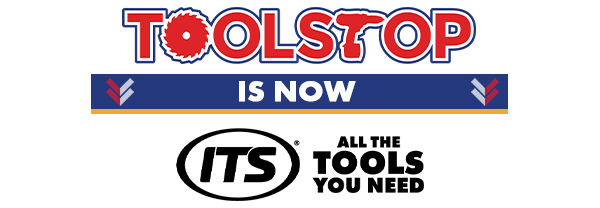Staples
Staples for nail guns and electric staplers are designed for fast, secure fixing of materials like sheeting, insulation, floor underlays and fencing mesh. These heavy-duty fixings fire clean, flat and hold tight — making them ideal for quick repeat fastening across large areas onsite.
What Are Staples Used For?
Staples are essential in trades where speed, hold strength and surface coverage matter more than deep penetration. Perfect for layering materials across wide surfaces like underlay, insulation, sheeting or fabrics.
- Insulation Fixing – Secure slabs, batts or rolls to studs without damaging material integrity.
- Underlay Installation – Fix felt, membrane or fibre board cleanly before laying timber or laminate floors.
- Sheeting Jobs – Tack breathable or dustproof membrane over studs, fences or temp partitions quickly onsite.
- Fabric Securing – Staple foils, carpet, mesh and light acoustic materials to timber without overdriving or splitting.
Who Uses Staples for Site Work?
Staples are trusted by fitters, framers and finishers who need to work fast and fix wide materials with reliable hold.
- Carpenters – Use them for fixing linings, underlays and protection layers during multi-stage builds.
- Roofers – Secure membrane, felt or edge wraps before counter-batten or cladding fix begins.
- Insulation Installers – Tack foil, rockwool, fibre or acoustic boards to walls and ceilings cleanly.
- Floor Layers – Fix underlay mats, mesh and fleece layers beneath floors fast and evenly.
What Jobs Are Staples Best At?
Staples are your go-to fix for materials that are flat, wide, flexible or vulnerable to cracking or tear-out from nails and screws.
- Membrane Fixing – Keep sheets tight across studwork before drylining or cladding fit-out.
- Felt or Roofing Paper – Staple down breathable and water-resistant barriers ahead of tile or shingle laying.
- Temporary Screen Setup – Create dust zones, site divisions or safety screens with stapled sheeting or netting.
- Vapour Control Layers – Hold foil-backed membrane in place during thermal upgrades and air-tightness fit-outs.
- Mesh and Netting Work – Pin reinforcement, bird mesh or scaffold netting to timber frames quickly onsite.
How to Choose the Best Staples
Not all staples are equal — get the right width, leg length and finish to avoid jamming your stapler or underperforming on-site.
1. Crown Width
Narrow crown = neater finish. Medium to wide crown = more grip and surface area contact.
2. Staple Length
Short for surface fixing. Long legs for thicker insulation, carpet grip or deep substrate holding.
3. Compatibility
Always check staple gauge, angle and collation with your gun type. Not all staplers use the same profiles.
4. Finish & Coating
Galv for indoors. Stainless or weatherproof for roofing or exposed fit-outs.
5. Pack Format
Match the strip format and load type to your stapler. Flat stick vs coil vs angled collations matter.
Popular Staples Brands at ITS
- Tacwise – Market leaders in precision collated staples and gun compatibility
- Paslode – High-performance staples for tough trade staplers
Staple Accessories & Add-Ons
Make staple work faster and cleaner with these site add-ons:
- Staple pullers and prongs for error-free staple removal
- Stapler oils and service kits to prevent jamming and misfires
- Protective cases and belt holsters for strip packs onsite
FAQs
What’s the best staple size for foil insulation?
Anywhere from 10mm to 14mm. You want strong contact without punching through or deforming the foil layer.
Can I use narrow crown staples on roofing felt?
Yes, but wide crown gives better grip in windy conditions or on vertical installs. Match to your felt gauge and job setup.
What causes a stapler to jam?
Wrong staples, debris buildup, or damaged feed systems. Use only compatible strip types and keep your gun clean and oiled.
Are stainless staples always better?
They’re best for wet or external environments. Indoors, galvanised staples offer great corrosion resistance at lower cost.
Can I use electric staples for underlay?
Yes — provided you use a suitable gun that delivers strong drive without tearing the material. Always test on a scrap section first.



